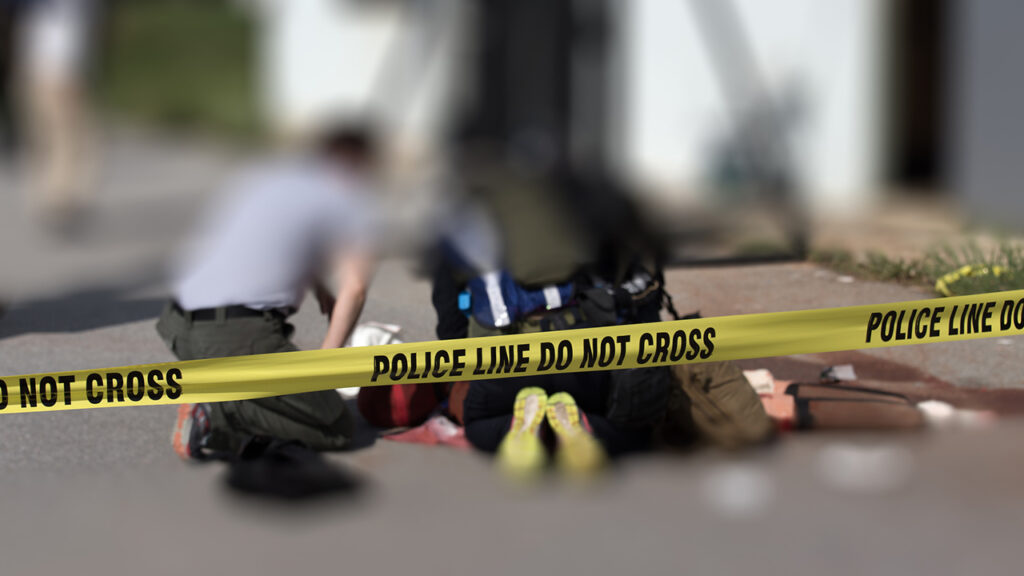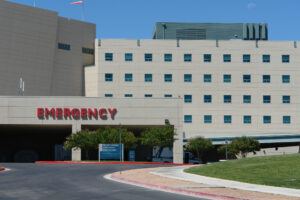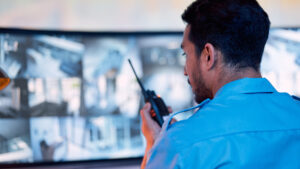Overview.
Active shooter killings are a tragic unpredictable reality and one that’s becoming more common. Since 2006, the US has averaged an active shooter event with four or more deaths every 2.9 months. Even though the number of active shooter events has been increasing, your odds of being involved in one are still very slim. But just like fire drills and earthquake preparedness, making a plan in advance can make all the difference.
If you do find yourself in the middle of a senseless attack, the why doesn’t matter. What matters is surviving. On average, twenty mass shootings take place in the US every year. Killers usually choose their victims at random. They look for easy targets. So, the harder you are to see or to hit, the safer you are.
Get out, if you can.
When an attack starts, if you can find a way out of the location, do so. Get out. If you stay calm and think clearly, even in a middle of a life and death event, you improve your chances of making it out. Visualize your movements in advance. Use cover. Something that will stop a bullet and conceal behind something that at least keeps you out of sight.
Use any available means to get out, including emergency exits or windows. Most restaurants and retail locations will also have exits in the back through kitchens or stock rooms. Even in the best cases, police are minutes, not seconds away. You must take action to protect yourself.
What if you can’t get out?
If you can help others without putting yourself in unnecessary danger, do so. If you can’t move safely to an exit, get to a room or a confined area you can lock down, then secure the location. Drywall won’t stop a bullet, but there are steps to take to stay safe. Lock or barricade the door. Turn off the lights. Move away from any windows and silence your cell phone. If the door doesn’t lock, use desks or anything you can to block it.
When law enforcement arrives.
Most active shooter situations are over in ten to fifteen minutes. Law enforcement’s first responsibility when entering an active shooter situation is to stop the suspect not to render aid to the victims. Medical teams will enter the scene as soon as the suspect is no longer a threat or is confirmed in another location. Silence any cell phones and remain quiet. Do not alert the shooter to your presence.
Defend yourself.
If you cannot escape the location and you can’t shelter in place you may have to defend yourself as a last resort. Almost anything can be turned into an improvised weapon. Look for something that can disrupt the shooter’s ability to see, breathe, or control their weapon. When law enforcement arrives, they’re going to be in a heightened state of readiness and awareness, looking for any aggressive movements so, keep your hands visible. Engaging law enforcement, running toward them, reaching for them, even to thank them could put people at risk.
Conclusion
Your actions can very well make a difference. Your safety and the safety of those around you may depend on it. Remain vigilant and be prepared to act if you are ever confronted with an active shooter event.




